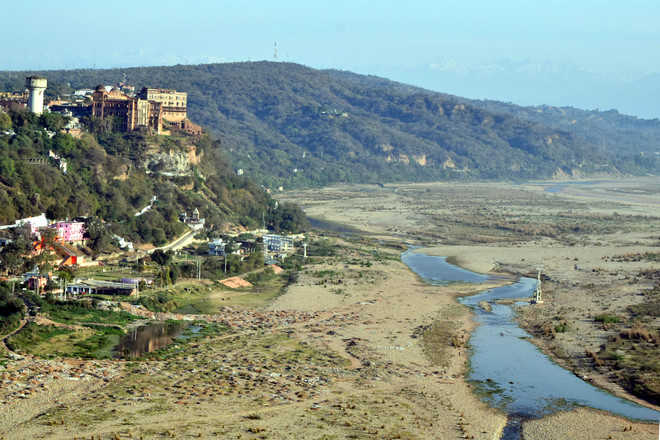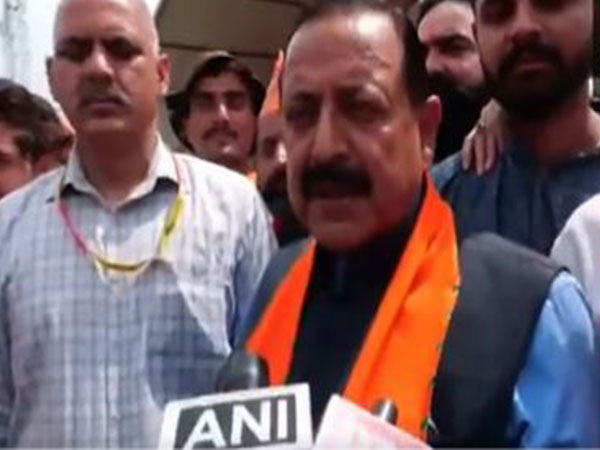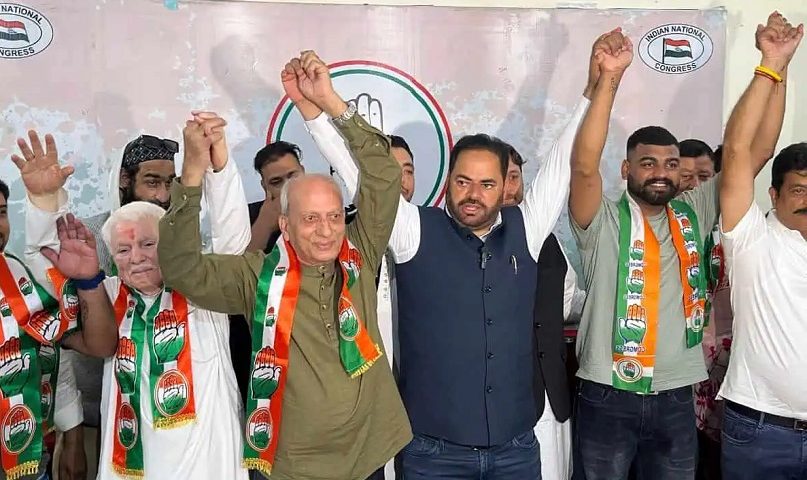Receives 72.8-mm rainfall this year, lowest since 2013 | Scientists attribute it to La Nina, El Nino effect
Jammu witnessed the driest winter in the past five years. This could adversely affect water security and agricultural sector in summers.
During the first three months of the year, the district, inhabited by 15 lakh people, received 72.8-mm rainfall, lowest as compared to the last five years. In (January-February-March) 2017, the district recorded 215.6-mm rain, while in 2016, 2015, 2014 and 2013, it received 154.7 mm, 468.5 mm, 188.1 mm and 265-mm rain, respectively.
The effect of deficient rainfall is quite visible as all the major rivulets in the district have dried up and water discharge has been very low even in the Tawi, thereby, affecting the targets of the Public Health Engineering (PHE) Department to meet the drinking water needs. Farmers, too, are facing the heat.
“Changing climate is an important factor which is affecting the weather system in J&K and across Himalayas,” said Dr Mahendra Singh, senior scientist at Agrometeorological Research Centre, SKUAST-Jammu.
Dr Singh, who is currently conducting a detailed study of climate variation in Jammu during the past 35 years, said his team, which comprised agricultural and weather scientists, was gathering the data on the impact of climate change theory on weather in the state.
Scientists attribute less rainfall and snowfall during the annual cycle to La Nina and El-Nino effect, a global climate system which is possibly slowing down western disturbance (WD) or westerly winds. El Nino is associated with the warming of the central and eastern tropical Pacific which affects the global weather, while La Nina is reverse.
Precipitation in J&K is linked to western disturbances. It originates in the Mediterranean Sea and after passing through West Asia brings rainfall and snowfall in winters.
“In the past few years during Rabi season (October-March), farming in the Kandi belt has been quite difficult due to irregular rainfall. This year, we didn’t witness much rainfall and cultivators are worried,” said Tajinder Singh, a farmer leader based in RS Pura.
Even the government had admitted in the Legislative Assembly that underground and overground water sources are depleting or vanished in Rajouri, Poonch, erstwhile Doda district and Kandi belt of Jammu which is hitting water distribution projects and the situation is likely to worsen in the coming years if the trend continues.






